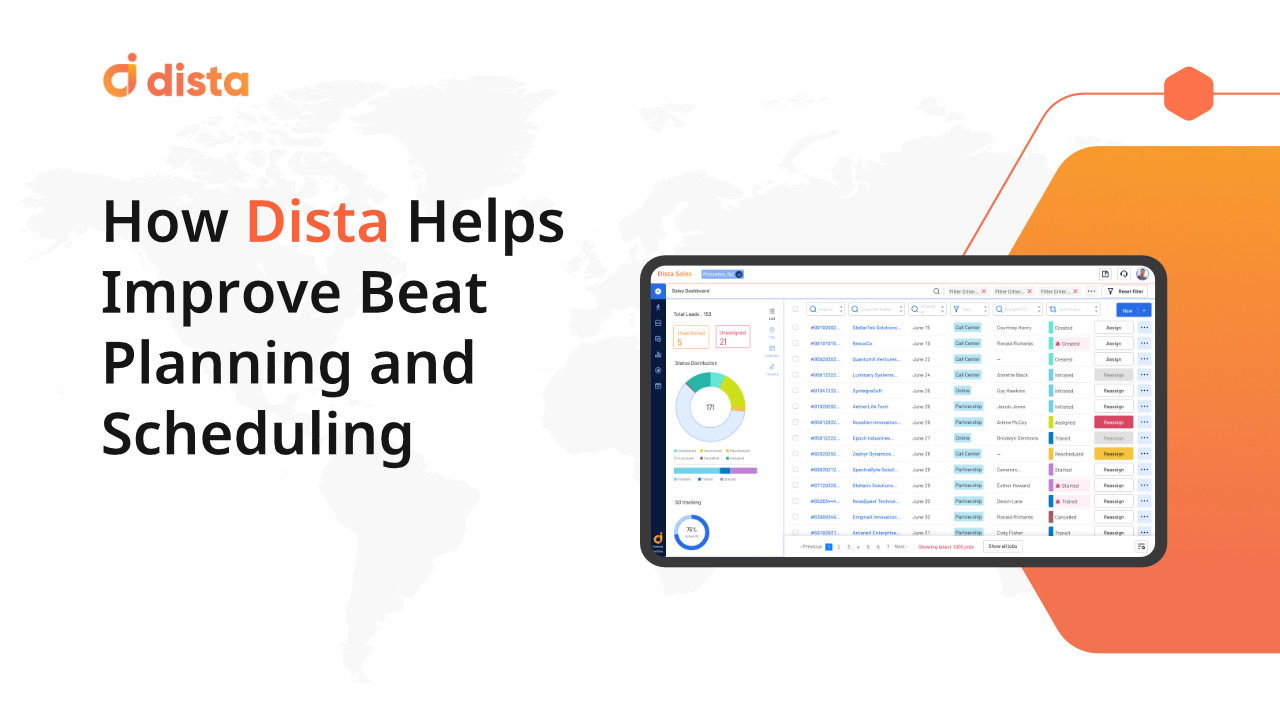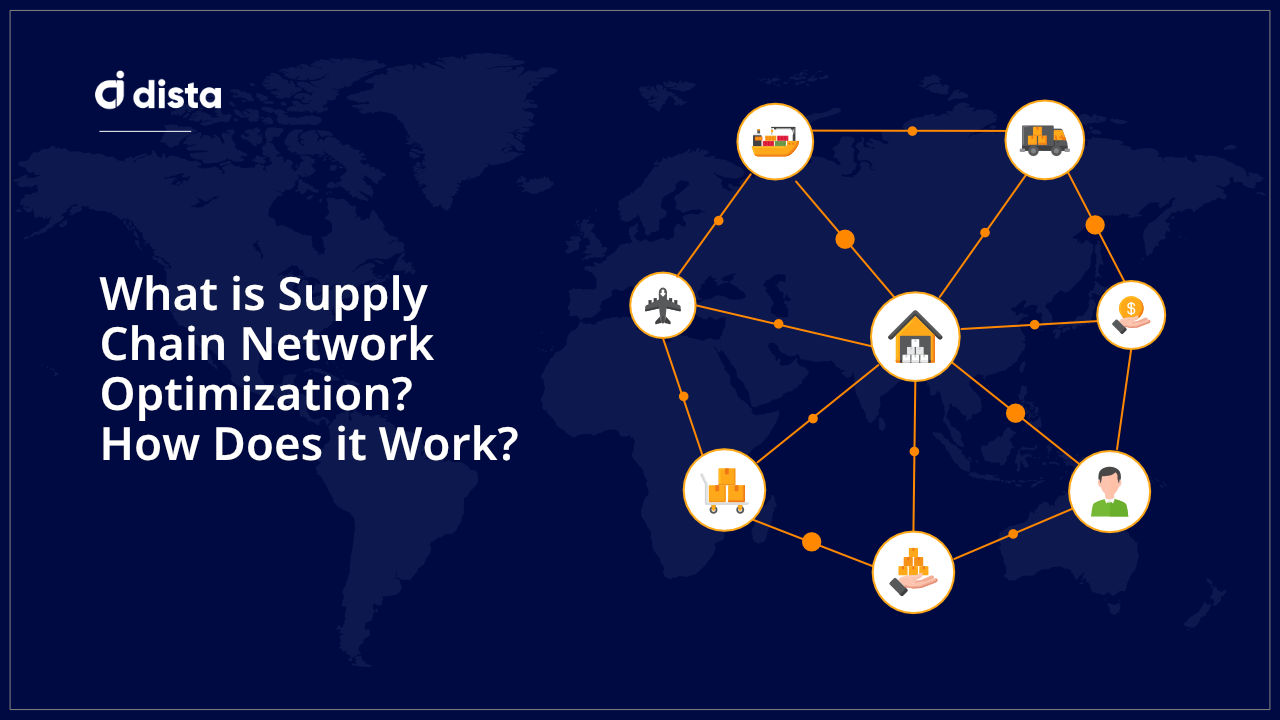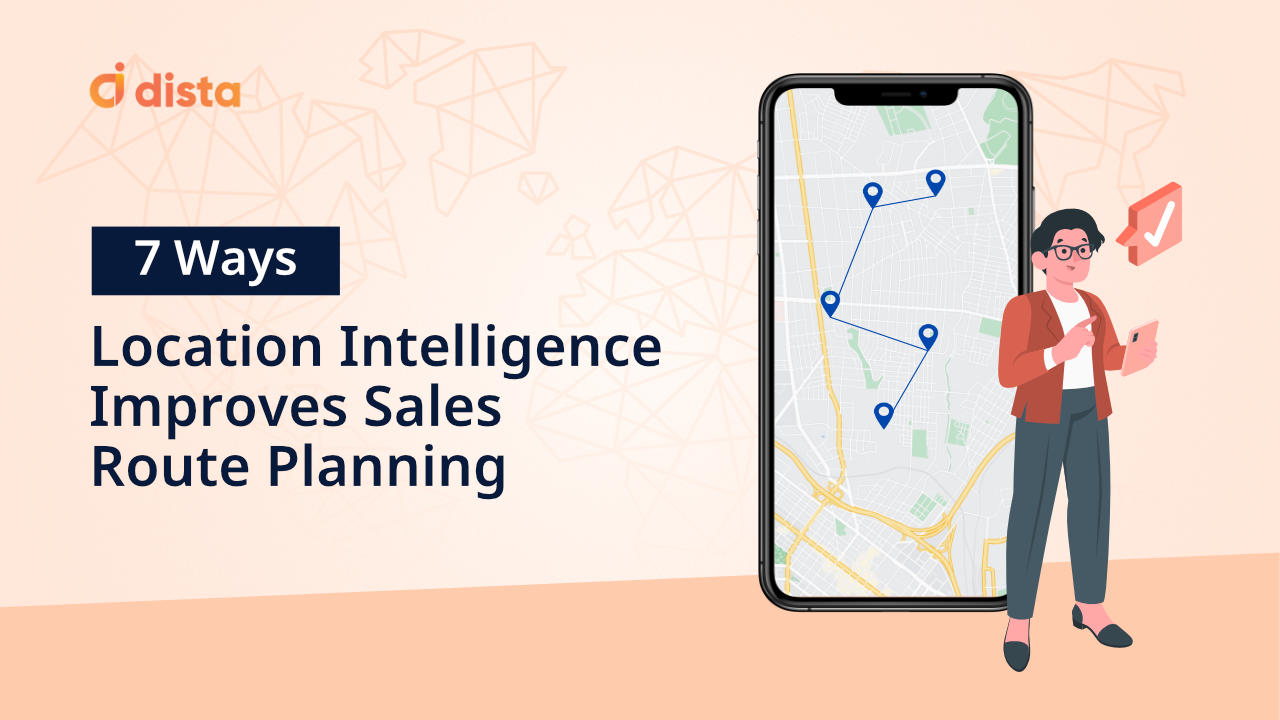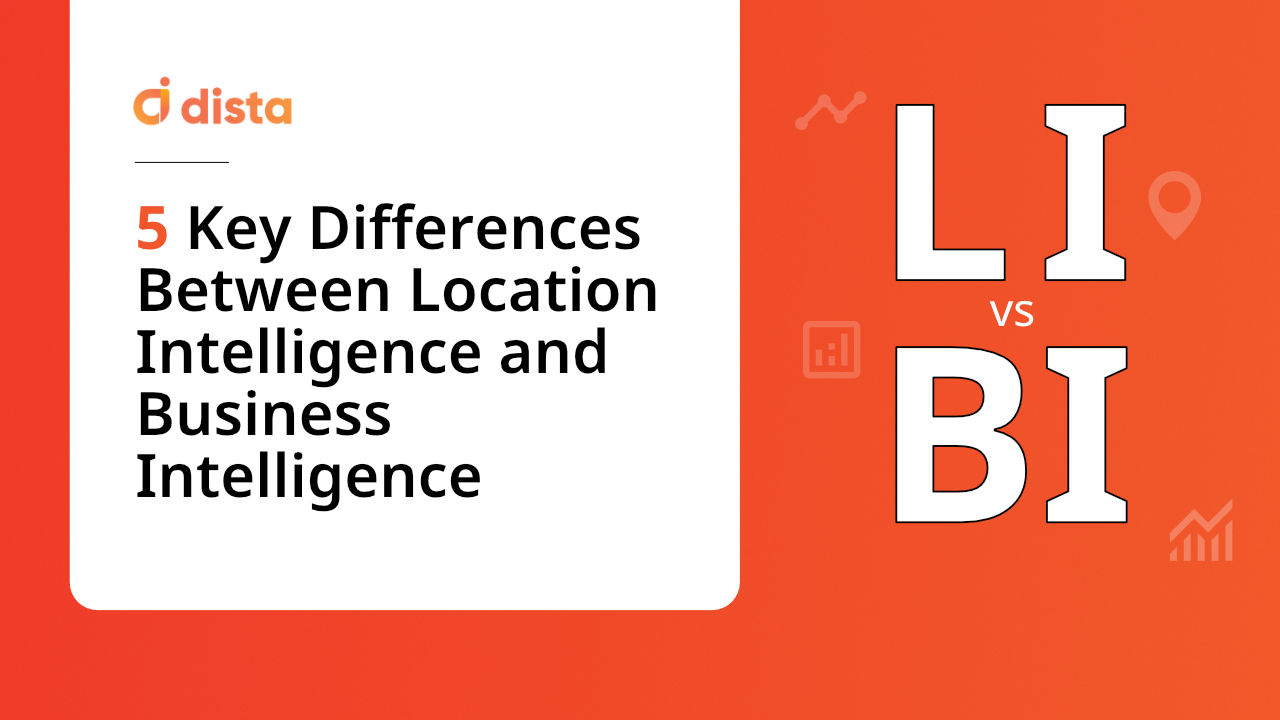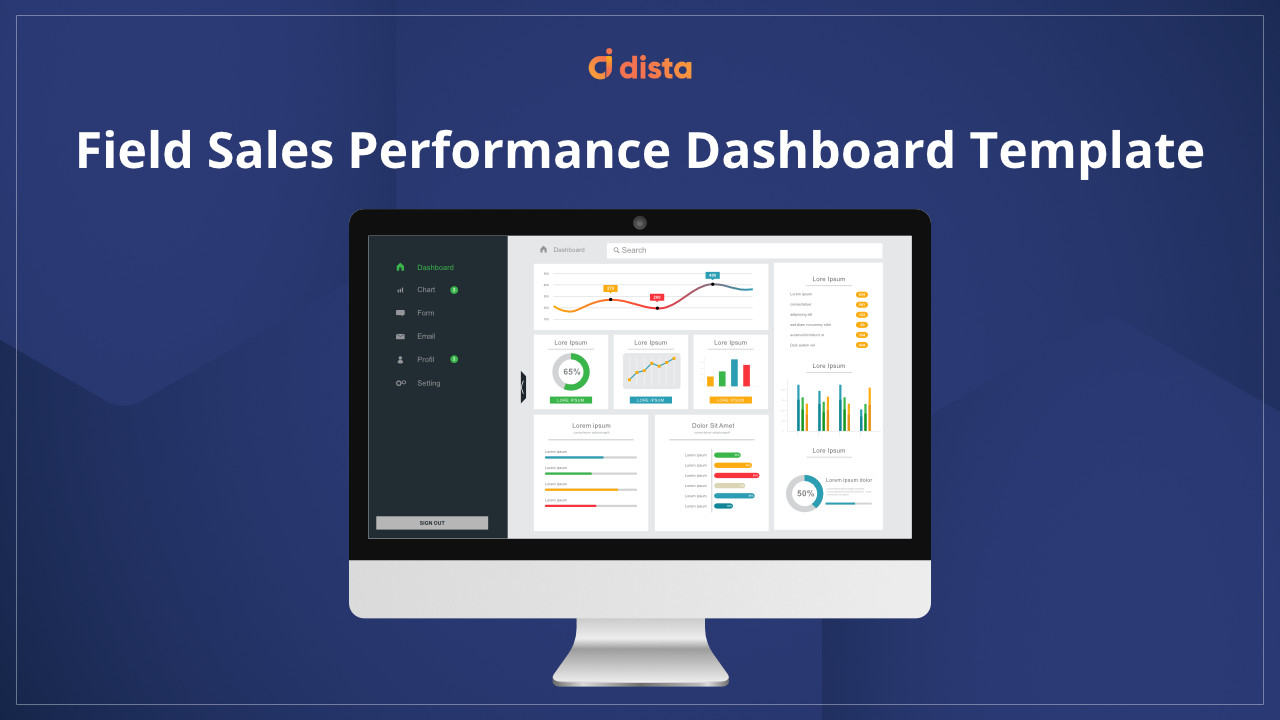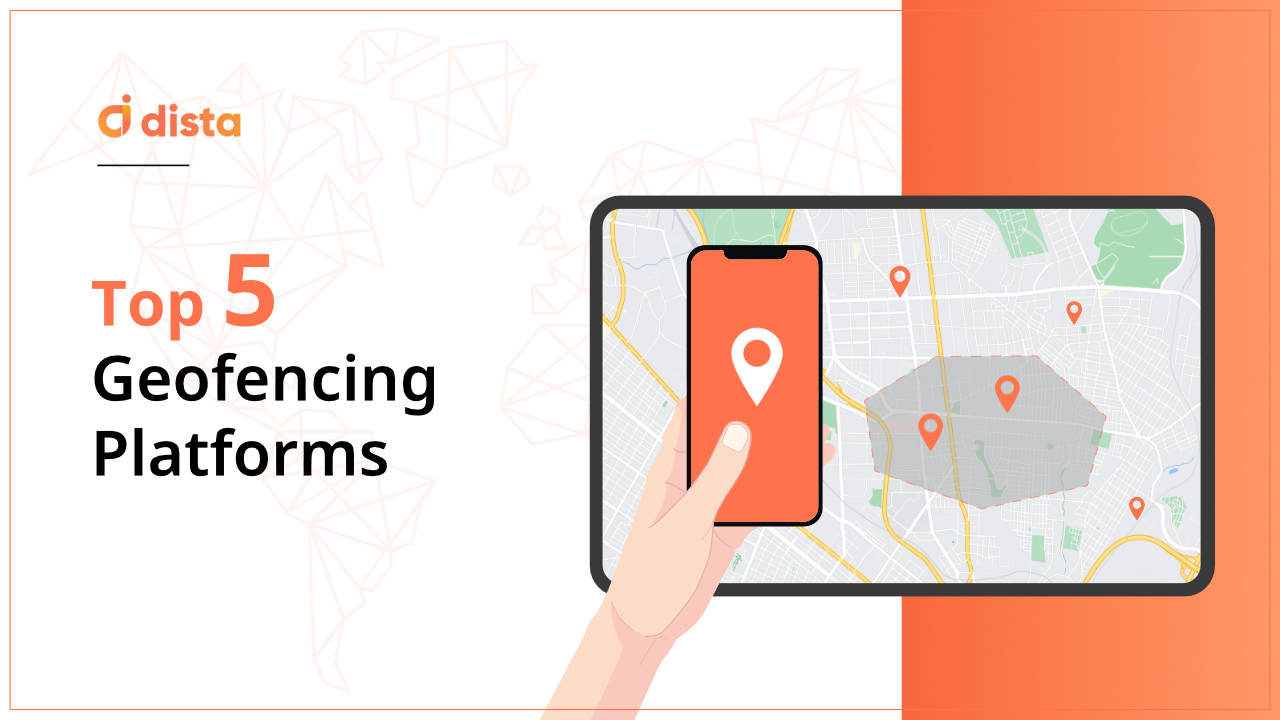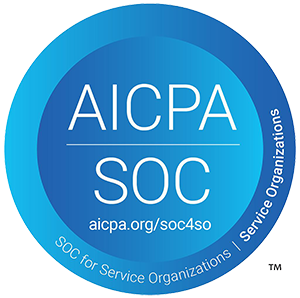What is Beat Planning?
Beat planning is a route plan aimed at field service/sales personnel to help them finish their daily jobs/visits effectively. Also known as a Permanent Journey Plan, it is a route map that defines whom the field personnel should visit based on key parameters like ticket size, priority, and proximity. Beat planning is typically helpful for sales personnel, delivery agents, and service technicians.
Beat plans are typically planned monthly to ensure no to low deviation, and each store gets required visits from company representatives.
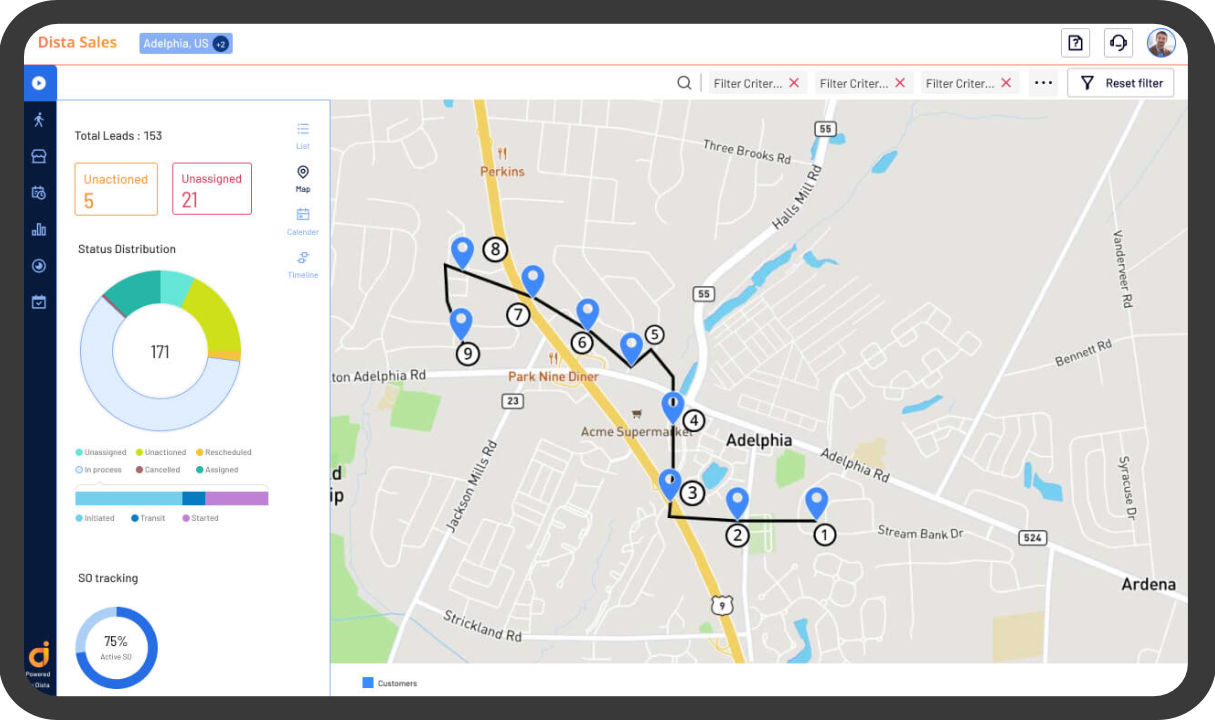
Challenges in Beat Planning
- Incomplete and incorrect store or customer addresses: Delivery agents/service technicians will need to reschedule visits due to incorrect addresses, resulting in unhappy customers.
- Ineffective communication with customers and managers: Lack of an easier way to instantly call customers or managers on the go also results in delayed visits.
- Lack of route optimization and low access to traffic data: Field agents could take a longer route or have no way to access live traffic/weather conditions that could delay their visit.
- Excess visits are planned on the same day for customers, not in the same area.
- Assigning multiple jobs to a single service/delivery agent results in higher overbooking ratios
How Dista Helps in Beat Planning?
Our smart system uses advanced computing and data analysis to set predefined constraints.
1) Dynamic and accurate allocation of jobs
Dista leverages proximity, priority, availability, and skillset to allocate jobs. This ensures the right job is assigned to the right service personnel, reducing cancellations and rescheduling.
2) Custom and manual allocation of jobs
Supervisors or dispatchers can manually assign the field service agent to particular customers depending on the type of service and skills required. Moreover, on-demand allocation of the agent to requests is possible with dynamic scheduling.
3) Improve staffing to handle peak times
Overstaffing and understaffing are common problems in retail stores, restaurants, or banks, resulting in high costs and unhappy customers. Our system defines territories and helps businesses ensure no or low overlap between delivery agents/employees and that they are aligned to focus on their outlets.
4) Territory planning
With the right territory planning, businesses can improve service for their current outlets, expand to potential/favorable areas, and beat the competition to obtain their outlets.
Benefits of Beat Planning
- Increase in SLA adherence
- Effective resource management
- Improve visibility on-field sales/service agents
- Increased serviceability ratio
Final Thoughts
Would you like to know more about how beat planning and scheduling will help you improve the efficiency of your resources? Contact us, and we can schedule a quick demo.

